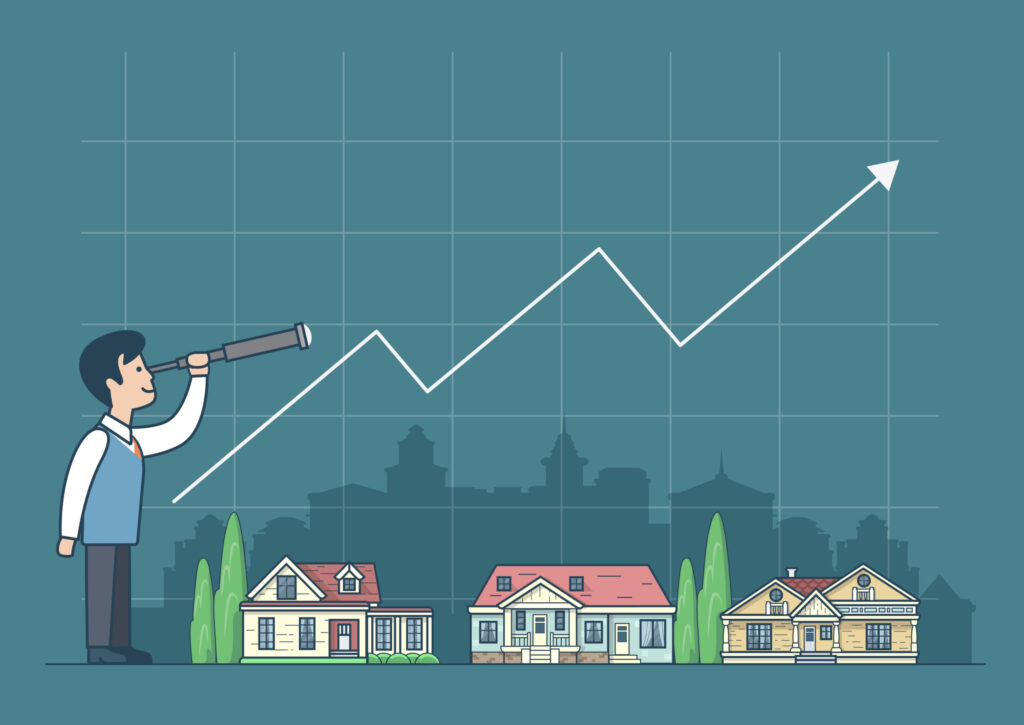Financial Economics and Household Finance | Understanding Financial Economics: Household Finance, Stability, and Wealth Inequality

Introduction
Financial economics explores how financial markets, institutions, and individual behaviors intersect to shape economic stability and growth. Household finance, a crucial subset of this field, delves into how families manage their financial resources, which in turn impacts broader economic dynamics. This guide provides an in-depth analysis of several key areas within household finance: banking and financial stability, household portfolios, wealth inequality, saving behaviors, and financial vulnerability. Understanding these concepts is essential for both individuals seeking financial well-being and policymakers aiming to foster economic stability.
Banking and Financial Stability
1. The Role of Banks in the Economy
Banks serve as the backbone of the financial system by facilitating transactions, providing loans, and offering investment opportunities. They play a vital role in economic activity by channeling funds from savers to borrowers, thereby supporting investment and consumption.
2. Financial Stability and Its Importance
Financial stability refers to a state where the financial system operates smoothly, with institutions functioning effectively and financial markets behaving predictably. Stability is crucial for preventing economic crises, ensuring that banks can meet their obligations, and maintaining trust in the financial system. Key indicators of financial stability include:
- Capital Adequacy: Banks must hold sufficient capital to absorb losses and maintain operations during economic downturns.
- Liquidity: Adequate liquidity ensures that banks can meet short-term obligations without resorting to fire sales of assets.
- Risk Management: Effective risk management practices help banks mitigate potential losses from loans and investments.
3. Regulatory Measures
Regulatory frameworks, such as Basel III, have been developed to enhance banking stability by imposing stricter capital and liquidity requirements. These measures aim to reduce systemic risk and protect the economy from financial shocks.
Household Portfolios
1. Composition of Household Portfolios
Household portfolios consist of a range of financial assets and liabilities that reflect an individual or family’s financial health. Key components include:
- Savings Accounts: Low-risk accounts that provide liquidity and safety for short-term needs.
- Stocks and Bonds: Investment vehicles that offer growth and income potential, with varying degrees of risk.
- Real Estate: Property investments that can appreciate in value and provide rental income.
- Retirement Accounts: Accounts such as 401(k)s and IRAs designed for long-term savings and retirement planning.
2. Diversification and Risk Management
Diversification is a fundamental strategy in portfolio management. By spreading investments across different asset classes, households can reduce risk and improve the stability of their returns. Effective diversification involves balancing high-risk assets (like stocks) with lower-risk assets (like bonds) and considering alternative investments (like real estate).
3. Asset Allocation
Asset allocation refers to the process of distributing investments among various asset classes to achieve financial goals. Factors influencing asset allocation include:
- Investment Horizon: The length of time an investor expects to hold an asset before needing to access the funds.
- Risk Tolerance: An individual’s ability and willingness to endure market fluctuations.
- Financial Goals: Objectives such as retirement, education funding, or major purchases.
Household Wealth Inequality
1. Understanding Wealth Inequality
Wealth inequality refers to the unequal distribution of assets among households. This disparity can have significant implications for economic stability and social cohesion. Key factors contributing to wealth inequality include:
- Income Disparities: Differences in income levels can lead to varying rates of savings and investment.
- Educational Attainment: Higher education levels often correlate with greater earning potential and asset accumulation.
- Inheritance and Family Wealth: Wealth passed down through generations can perpetuate disparities between households.
2. Implications for Economic Stability
Wealth inequality can impact economic stability in several ways:
- Consumer Spending: Lower-income households typically spend a higher proportion of their income, while wealthier households may save more. Unequal wealth distribution can affect overall consumer demand and economic growth.
- Social Mobility: High levels of inequality can limit opportunities for social mobility, affecting long-term economic prospects for lower-income families.
3. Policy Responses
Policymakers often address wealth inequality through various measures:
- Progressive Taxation: Tax systems that levy higher rates on wealthier individuals can help redistribute resources.
- Social Programs: Initiatives such as social security, housing assistance, and education funding aim to support lower-income households and reduce inequality.
Household Saving
1. Importance of Saving
Saving is a crucial aspect of household finance, providing a buffer against unexpected expenses and enabling long-term financial goals. Savings can be categorized into:
- Emergency Savings: Funds set aside for unforeseen expenses such as medical emergencies or job loss.
- Short-Term Savings: Savings for upcoming expenses like vacations or major purchases.
- Long-Term Savings: Investments for future goals, such as retirement or education.
2. Factors Affecting Saving Behavior
Several factors influence household saving behaviors:
- Income Levels: Higher incomes often lead to greater saving potential, though lower-income households may prioritize immediate needs.
- Interest Rates: Higher interest rates can incentivize saving by offering better returns on savings accounts and investments.
- Economic Conditions: During economic downturns, households may reduce savings due to financial uncertainty or job loss.
3. Savings Strategies
Effective saving strategies include:
- Budgeting: Creating and adhering to a budget helps manage expenses and allocate funds for savings.
- Automated Savings: Setting up automatic transfers to savings accounts can ensure consistent saving habits.
- Goal Setting: Establishing specific financial goals can motivate households to save more effectively.
Household Financial Vulnerability and Asset Accumulation
1. Financial Vulnerability
Financial vulnerability refers to the susceptibility of households to economic shocks and financial stress. Contributing factors include:
- High Debt Levels: Excessive debt can strain household finances and increase vulnerability during economic downturns.
- Insufficient Savings: Lack of savings can leave households unprepared for unexpected expenses or emergencies.
- Lack of Insurance: Inadequate insurance coverage can expose households to significant financial risks.
2. Asset Accumulation
Asset accumulation involves building a portfolio of assets over time, which can provide financial security and support long-term goals. Strategies for effective asset accumulation include:
- Regular Contributions: Consistently contributing to savings and investment accounts helps grow assets over time.
- Investment Planning: Developing a long-term investment plan aligned with financial goals can enhance asset growth.
- Debt Management: Managing and reducing debt can free up resources for asset accumulation and financial stability.
3. Building Resilience
To build financial resilience and reduce vulnerability, households should focus on:
- Emergency Preparedness: Maintaining an emergency fund and adequate insurance coverage.
- Diversification: Spreading investments across different asset classes to manage risk.
- Financial Education: Enhancing financial literacy to make informed decisions and improve financial management.
Conclusion
A comprehensive understanding of financial economics and household finance is essential for navigating personal and broader economic challenges. By examining banking stability, household portfolios, wealth inequality, saving behaviors, and financial vulnerability, individuals and policymakers can better address financial issues and promote economic stability. Effective financial management, informed decision-making, and targeted policy interventions can help create a more equitable and resilient financial system.
References
- Mishkin, F. S. (2019). The Economics of Money, Banking, and Financial Markets. Pearson.
- Davis, E. P., & Li, W. (2018). Financial Stability and Economic Growth. Routledge.
- Atkinson, A. B., & Morelli, S. (2014). The Evolution of Inequality and its Implications for Future Growth. Oxford University Press.
- Dynan, K. E., & Maki, D. M. (2001). Does Borrowing Allow Households to Smooth Consumption? Brookings Papers on Economic Activity, 2001(1), 1-44.
- Bernanke, B. S., & Gertler, M. (2001). Should Central Banks Respond to Movements in Asset Prices? American Economic Review, 91(2), 253-257.
This extended guide provides a thorough overview of key concepts in financial economics related to household finance. Feel free to adjust or expand on any section to better fit your needs!






